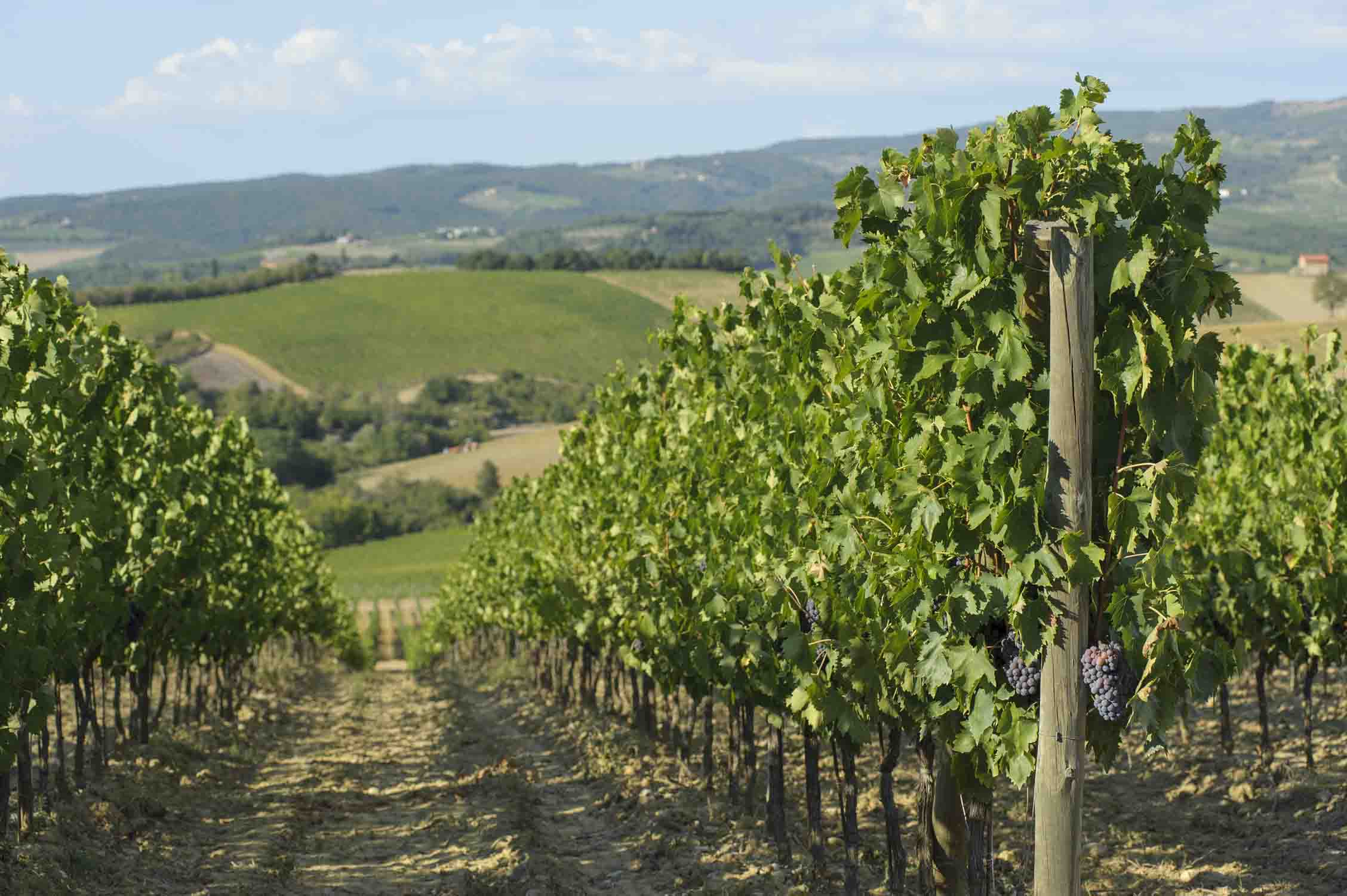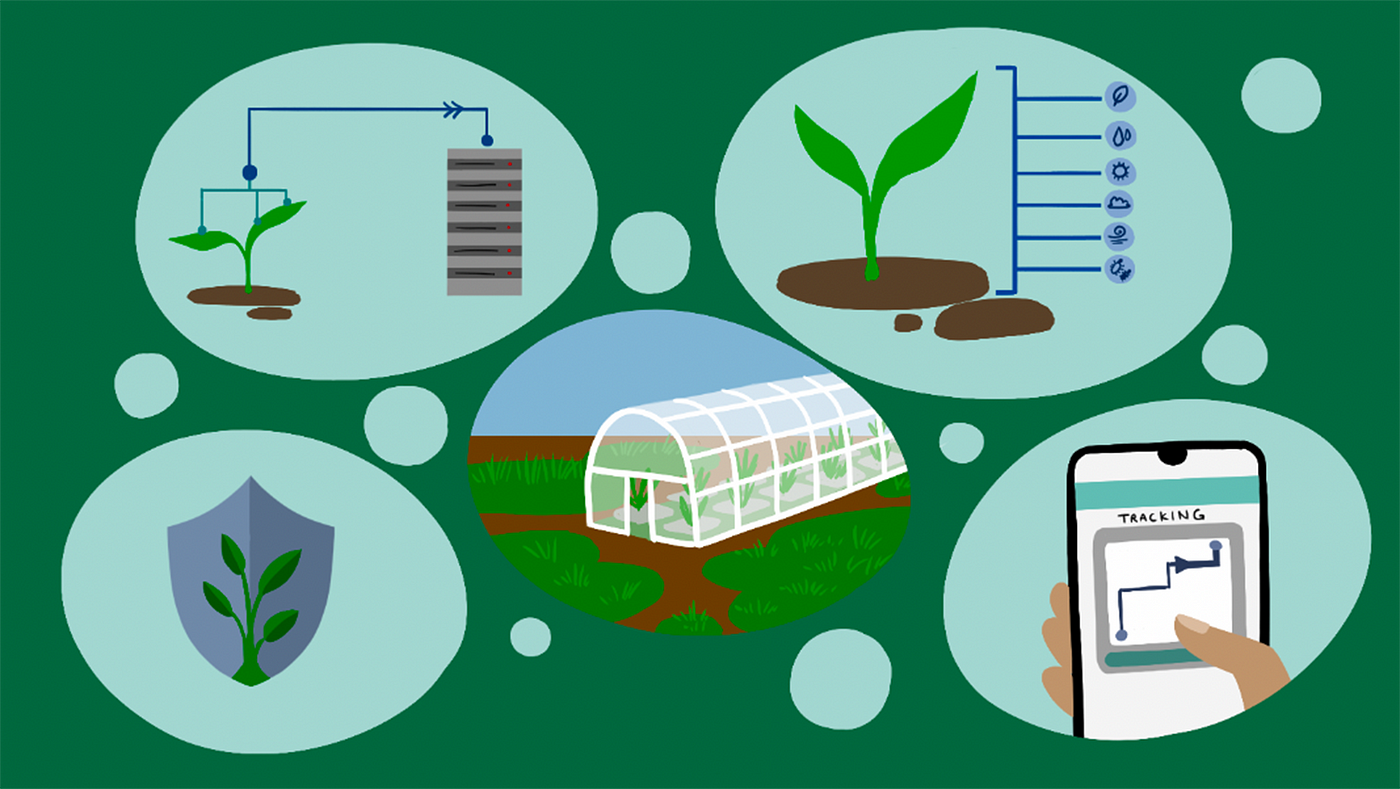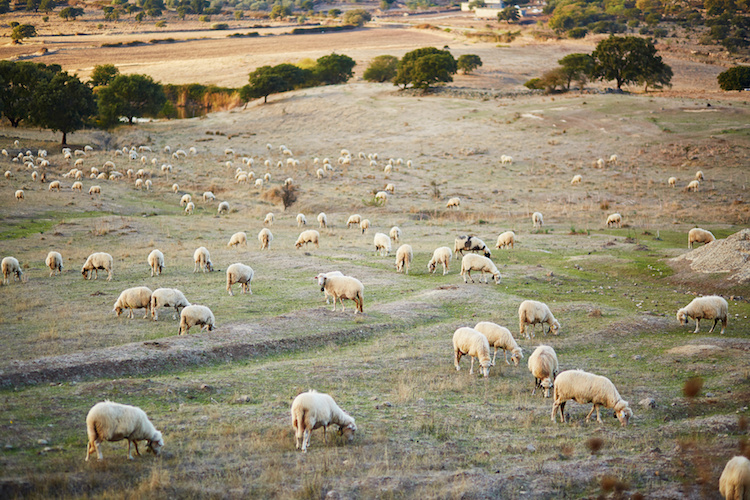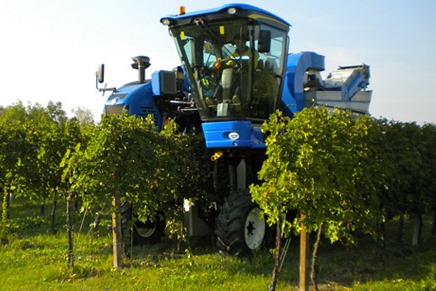Welcome to our section dedicated to the use of RFID technology in agriculture. If you're not familiar with the concept and basics of RFID technology, we invite you to visit our introductory page where we have explored in detail how these systems work and what their main components and functionalities are. In this section, we will specifically focus on the applications of RFID in the agricultural and livestock sectors, an area that has seen increasing interest in technological innovation in recent years to address complex challenges and improve the efficiency of daily operations. RFID technology is indeed revolutionizing traditional farming practices, offering advanced solutions for resource management and animal monitoring. We will also explore the long-term benefits of these technologies, including greater environmental sustainability and reduced operational costs.
Use of RFID in Agriculture and Livestock

Modern agriculture requires an increasingly technological and computerized approach to manage resources in a sustainable and productive way. RFID technology, with its ability to automatically and in real-time track the objects it is attached to, offers multiple advantages for the sector. From accurate livestock management to crop traceability, optimizing water resources, and reducing waste, RFID is emerging as an essential tool for farmers aiming for operational excellence.
Advantages of RFID in Agriculture
The introduction of RFID technology in the agricultural sector has brought numerous benefits, from reducing operational costs to increasing productivity. This section explores the main advantages that RFID offers to farmers, allowing them to better manage resources and optimize processes.
Increase in Operational Efficiency
The use of RFID in the daily management of agricultural operations can significantly increase efficiency. For example, the use of RFID tags on agricultural machinery allows for more effective monitoring of their use and maintenance. Additionally, the automation of data collection reduces the need for manual checks, minimizing errors and saving precious time that can be dedicated to other productive activities.
Improvement in Product Traceability
One of the major advantages of RFID in agriculture is its ability to improve product traceability. From field to table, RFID tags can be used to track every stage of an agricultural product's journey. This not only enhances food safety by providing clear details about the origin and handling of products but also facilitates inventory management and improves response to potential product recalls.

RFID in Livestock Management
The adoption of RFID technology in livestock management has revolutionized the way farmers monitor and manage animals, improving both animal health and the economic efficiency of farms.
Monitoring Animal Health and Behavior
RFID tags applied to animals allow continuous and detailed monitoring of each individual. These devices can record vital data such as body temperature, activity rate, and feeding behavior, sending real-time information to a central system. This proactive monitoring allows farmers to detect early signs of illness or stress, quickly intervening to treat the affected animal, thus reducing the risk of contagious diseases and improving the overall well-being of the livestock.
Optimizing Pasture Management and Milk Production
RFID also offers significant advantages in pasture management and milk production. By using RFID collars or ear tags, it is possible to track the movements of animals in the pastures, optimizing the use of space and ensuring that the animals have access to the best available food resources. This continuous monitoring helps detect abnormal behaviors, promptly signaling any health or stress issues. Furthermore, in automated milking systems, RFID tags identify each cow, allowing the milking process to be automatically adjusted to the specific needs of each animal, thus increasing the efficiency of milk production. The data collected can also be used to analyze and improve the animals' diet, ensuring a higher quality of milk production. Additionally, RFID facilitates the management of livestock genealogy and reproduction, contributing to the continuous genetic improvement of the herd.

RFID for Cultivation and Harvesting
The use of RFID technology in agriculture is not limited to livestock; it plays an equally vital role in monitoring crops, from planting to harvesting, offering precise management and accurate data that improve the quality and efficiency of agricultural production.
Crop Traceability from Seed to Harvest
RFID can be used to track every stage of a crop's life cycle. RFID tags placed on seed bags, seedling containers, or directly on agricultural machinery allow for monitoring seed distribution, the effectiveness of agronomic interventions, and growth progress. This type of tracking not only ensures the provenance and quality of the seeds used but also helps forecast crop yields, optimizing harvesting phases and reducing waste.
Use of RFID Data for Precision Agriculture
Precision agriculture greatly benefits from the integration of RFID data. These data, combined with other technologies such as environmental sensors and Geographic Information Systems (GIS), can provide farmers with detailed information about soil conditions, water needs, and crop health. For example, RFID sensors can indicate the need for irrigation in specific areas of a field, allowing for targeted interventions that improve water efficiency and reduce resource consumption.
Integration of RFID with Other Agricultural Systems
The effectiveness of RFID technology in agriculture is multiplied when integrated with other advanced technological solutions. This type of synergy creates a technological ecosystem that not only improves resource management but also elevates the quality and efficiency of the entire agricultural process.

Connections with Automated Irrigation Systems
One of the most effective integrations of RFID is with automated irrigation systems. RFID tags can be used to monitor soil moisture in different parts of a field and transmit this data to irrigation systems. This allows for highly customized water application, tailored to the specific needs of different areas, improving water efficiency and reducing waste.
Interaction with Smart Agriculture Platforms
RFID also integrates seamlessly with smart agriculture platforms, which analyze data collected from various sensors to provide farmers with detailed insights and data-driven recommendations. These systems can predict weather conditions, analyze crop health, and even suggest the best time for planting or harvesting, all based on accurate and updated data collected through RFID and other sensors.


